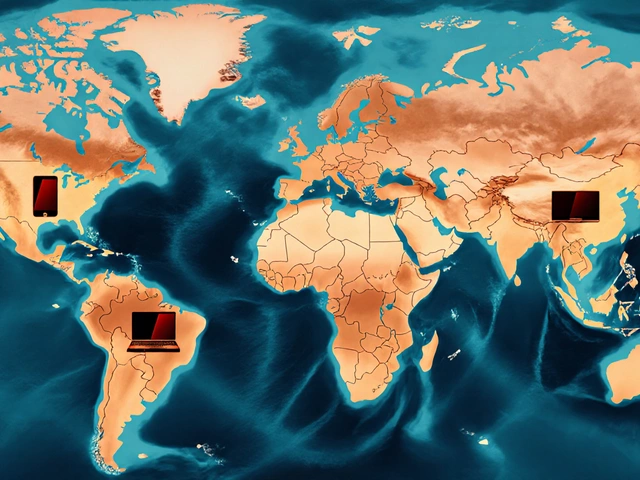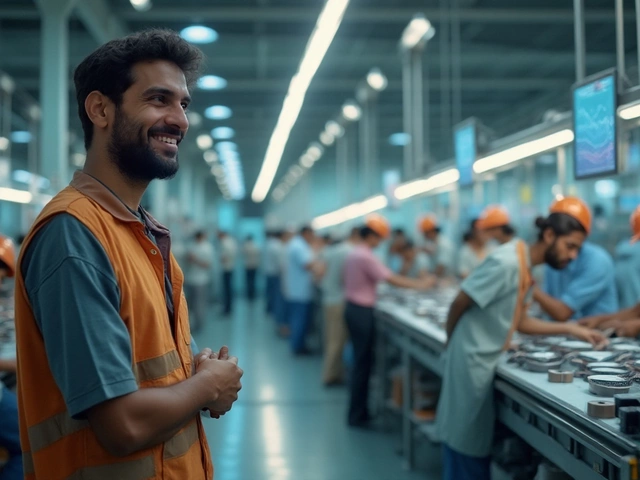Business Barriers in Indian Manufacturing: Overcome the Hurdles
When tackling business barriers, the obstacles that stop companies from scaling, cutting costs, or entering new markets. Also known as operational hurdles, they touch every step of production. One major blocker is the Supply Chain, the network of suppliers, factories and distributors that moves raw material to the final product. Another is Local Manufacturing, producing goods within the home country to shrink lead times and boost local jobs. Companies also wrestle with Outsourcing, sending parts of production abroad to cut expense or gain expertise, while Regulatory Compliance, meeting government standards on safety, environment and labor adds another layer of complexity. Business barriers therefore weave a web where each thread pulls on the others, shaping decisions from raw‑material sourcing to final delivery.
In India, these barriers show up in real‑world stories. IKEA’s furniture, for instance, relies on a sprawling Indian supplier network that must meet strict global quality rules, illustrating how Supply Chain disruptions can stall even the biggest retailers. The pharma giant Cipla faced regulatory scrutiny while expanding its generic medicines portfolio, a clear case where Regulatory Compliance can dictate market entry speed. Surat’s textile boom highlights the power of Local Manufacturing—the city’s dense cluster of mills cuts shipping costs and creates skilled jobs, yet it still battles water‑use restrictions that act as a compliance hurdle. Meanwhile, Indian electronics exporters weigh the cost benefits of Outsourcing to neighboring states against the risk of losing control over quality, a trade‑off many small firms grapple with daily. These examples prove that business barriers are not abstract ideas; they are the everyday friction points that determine whether a factory thrives or stalls.
Turning Barriers into Opportunities
Understanding the interplay between these entities lets manufacturers convert friction into fuel. A strong Supply Chain strategy—diversifying suppliers, investing in digital tracking, and building buffer stocks—reduces the shock of raw‑material shortages. Embracing Local Manufacturing can unlock government incentives, lower logistics costs, and improve brand perception among eco‑conscious buyers. Smart Outsourcing isn’t just about cheap labor; it’s about partnering with specialists who add technical value, such as advanced PCB assembly in Karnataka. Finally, treating Regulatory Compliance as a roadmap rather than a roadblock helps firms design products that meet safety and environmental standards from day one, speeding up approvals and avoiding costly redesigns. By mapping these semantic connections—business barriers encompass Supply Chain risks, Local Manufacturing requires Regulatory Compliance, and Outsourcing influences cost constraints—readers can see a clear path from problem to solution.
Below you’ll find a curated set of articles that dive deeper into each of these themes. From IKEA’s supplier network to the latest data on Indian electronics exports, the posts explore practical ways to navigate and neutralize the hurdles that keep your manufacturing dreams on hold.

Indian manufacturing, especially in the chemical sector, keeps hitting roadblocks despite big promises. Simple problems—like tricky regulations, high costs, and shaky infrastructure—hold businesses back. Chemical manufacturers face extra headaches with raw material imports and unpredictable policies. This article breaks down what’s really stopping growth, and shares tips for companies to survive in this tough scene. No jargon, just practical facts and advice. (Read More)








